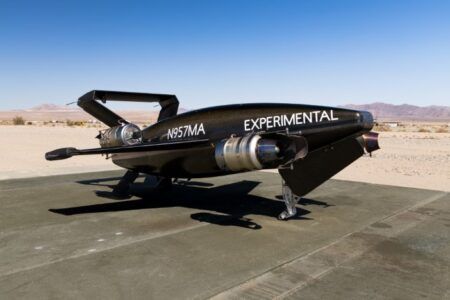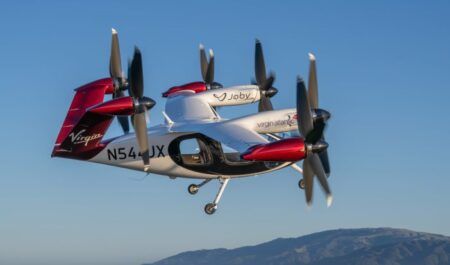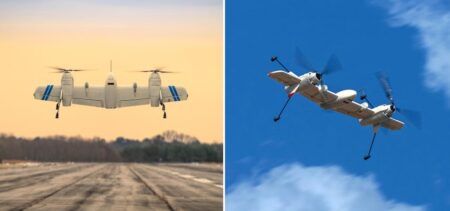Vahana, the all electric, self-piloted aircraft from A³ by Airbus, has completed its first full-scale flight test
An all-electric, self-piloted vertical take-off and landing aircraft developed by Airbus, called Vahana, has completed its first flight test.
The aircraft, which was in the air for 53 seconds, reached a height of 5m (16ft) and descended safely on January 31, 2018, at the Pendleton UAS Range, Oregon. The vehicle completed a second flight the following day.
Vahana will carry a single passenger and is intended to provide personal flight services in urban areas.
Zach Lovering, project executive, Vahana, said, “This is a great accomplishment in aerospace innovation. In just under two years, we have taken a concept sketch on a napkin and built a full-scale, self-piloted aircraft that has successfully completed its first flight.
“Our team is grateful for the support we’ve received from A³ and the extended Airbus family, as well as our partners including MTSI and the Pendleton UAS Range.”
A³ is a subsidiary of Airbus and located in Silicon Valley, California, which aims to develop new vehicles for urban mobility through the development of electric propulsion, energy storage and machine vision technologies.
Ground testing of Vahana started late last year. Following these successful hover flights, engineers are testing the aircraft’s transitions from hovering to forward flight and forward flight itself.
Vahana also announced recently that the motors for Vahana are to be supplied by California-based MAGicALL, which designs and makes bespoke motors, generators, inductors and transformers.
Vahana test aircraft Specifications
Width: 6.2m / 20.3ft Length: 5.7m / 18.7ft Height: 2.8m / 9.2ft Take-off weight: 745kg / 1642 lb
2 February 2018




